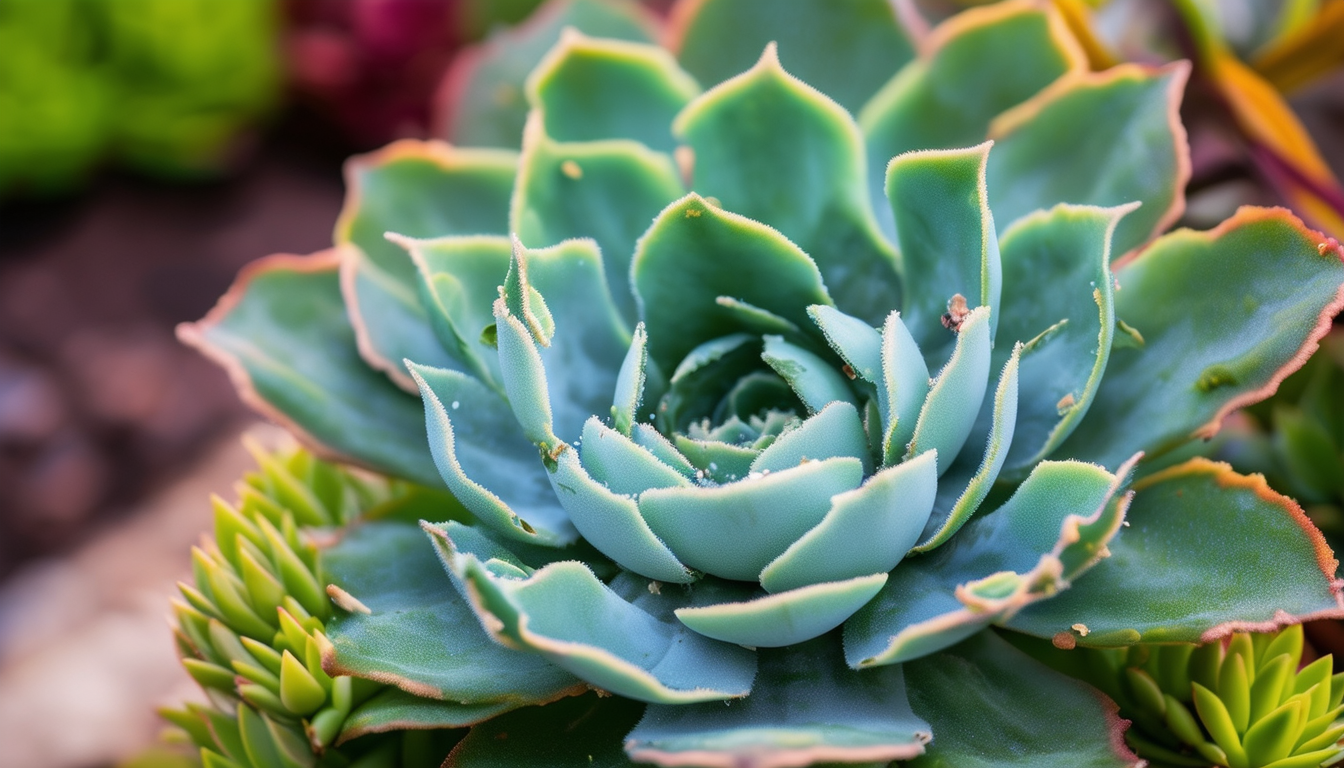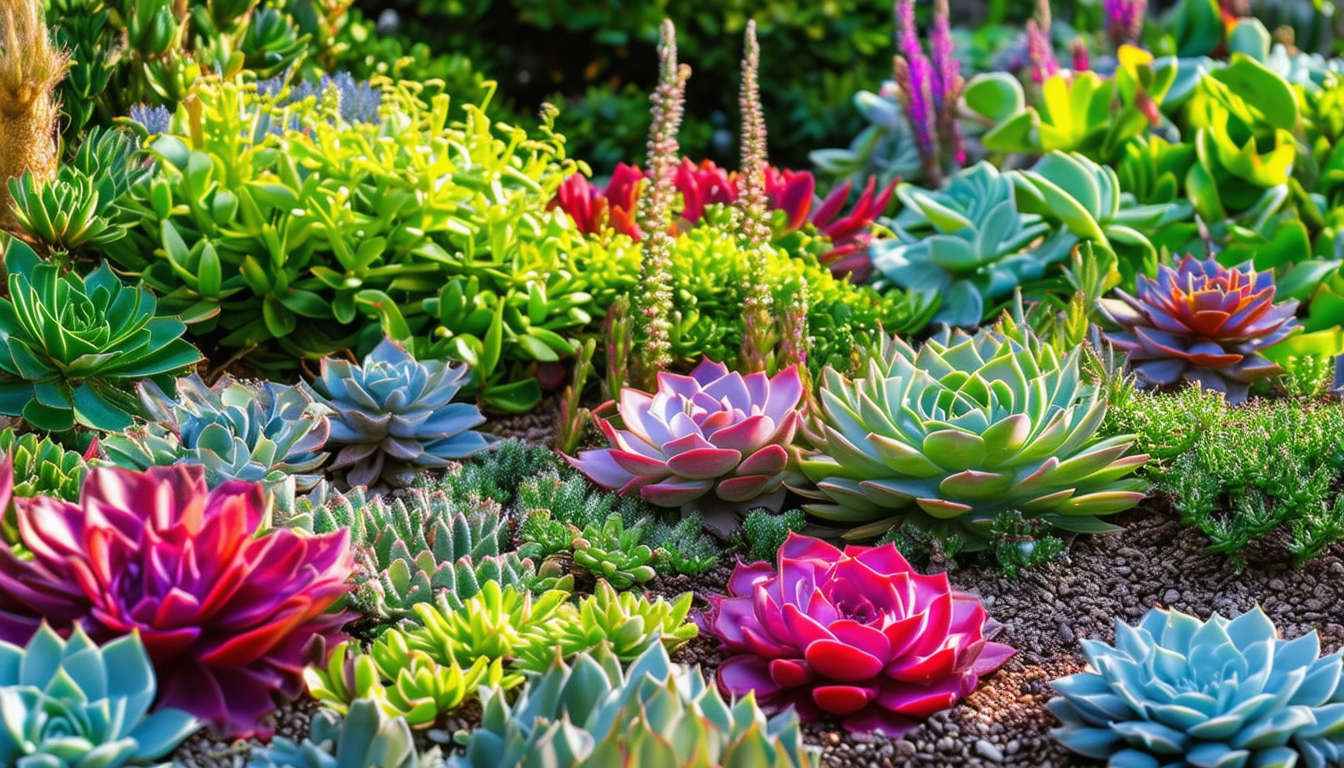
Discover how to protect your beloved succulents from pests using natural and eco-friendly methods.
Understanding Common Pests that Attack Succulents
Succulents, with their thick, fleshy leaves, are not immune to pest problems. Common pests that attack succulents include aphids, mealybugs, spider mites, and scale insects. These pests can cause significant damage by sucking the sap from the plants, leading to discolored, wilted, or deformed leaves.
Identifying the specific type of pest is crucial for effective control. Aphids are small, green or black insects that cluster on new growth. Mealybugs appear as white, cotton-like masses on stems and leaves. Spider mites are tiny and often leave fine webbing on the plant. Scale insects look like small, brown or black bumps on the surfaces of leaves and stems.
DIY Natural Pest Repellents for Succulents
Natural pest repellents can be both effective and safe for your succulents. One popular method is using a mixture of water and mild dish soap. Spray this solution directly onto the pests to suffocate and kill them. Neem oil, derived from the neem tree, is another excellent option. It acts as an insecticide and fungicide, disrupting the lifecycle of pests.
For a more fragrant approach, consider using essential oils. Peppermint, eucalyptus, and rosemary oils can repel a variety of pests. Mix a few drops of essential oil with water in a spray bottle and apply it to the affected areas. Additionally, diatomaceous earth, a natural powder made from fossilized algae, can be sprinkled around the base of the plants to deter crawling insects.
The Benefits of Companion Planting for Pest Control
Companion planting is an eco-friendly strategy that involves growing certain plants together to enhance growth and repel pests. Some plants have natural pest-repelling properties that can protect your succulents. For instance, herbs like basil, mint, and thyme can deter common pests like aphids and spider mites.
Marigolds are also excellent companions for succulents. They release a scent that repels many insects and can attract beneficial predatory insects. Planting garlic and onions nearby can help keep pests at bay due to their strong odor. By strategically placing these plants around your succulents, you create a natural barrier against pest invasions.
Organic Soil Treatments to Prevent Pest Infestations
Healthy soil is the foundation for pest-free succulents. Organic soil treatments can improve soil health and prevent pest infestations. One effective method is using compost or well-rotted manure to enrich the soil with essential nutrients, promoting strong and resilient plants.
Introducing beneficial nematodes into the soil is another organic approach. These microscopic worms prey on soil-dwelling pests like fungus gnats and root mealybugs. Additionally, adding a layer of mulch around your succulents can help retain moisture and deter pests. Choose organic mulch like shredded leaves or straw for the best results.
Maintaining a Healthy Environment for Your Succulents
A healthy environment is key to preventing pest problems. Start by ensuring your succulents are planted in well-draining soil and receive adequate sunlight. Overwatering is a common cause of pest issues, so allow the soil to dry out between waterings to avoid creating a hospitable environment for pests.
Regularly inspect your succulents for signs of pest activity. Early detection can prevent a minor issue from becoming a major infestation. Removing dead leaves and debris from around the plants also reduces hiding spots for pests. Lastly, consider using natural predators like ladybugs and lacewings, which feed on common succulent pests and can keep their populations in check.



